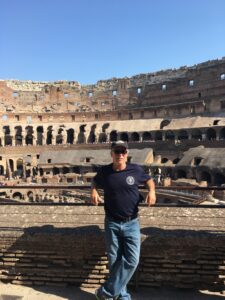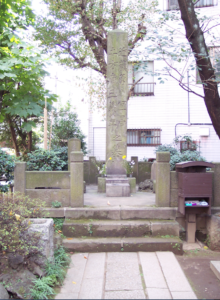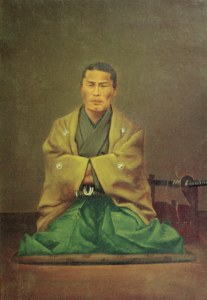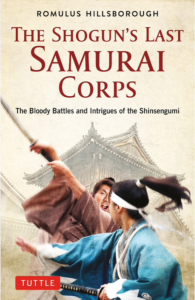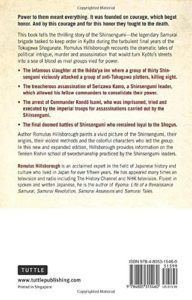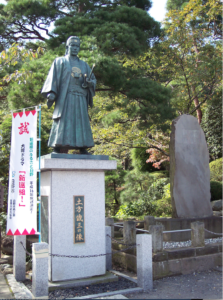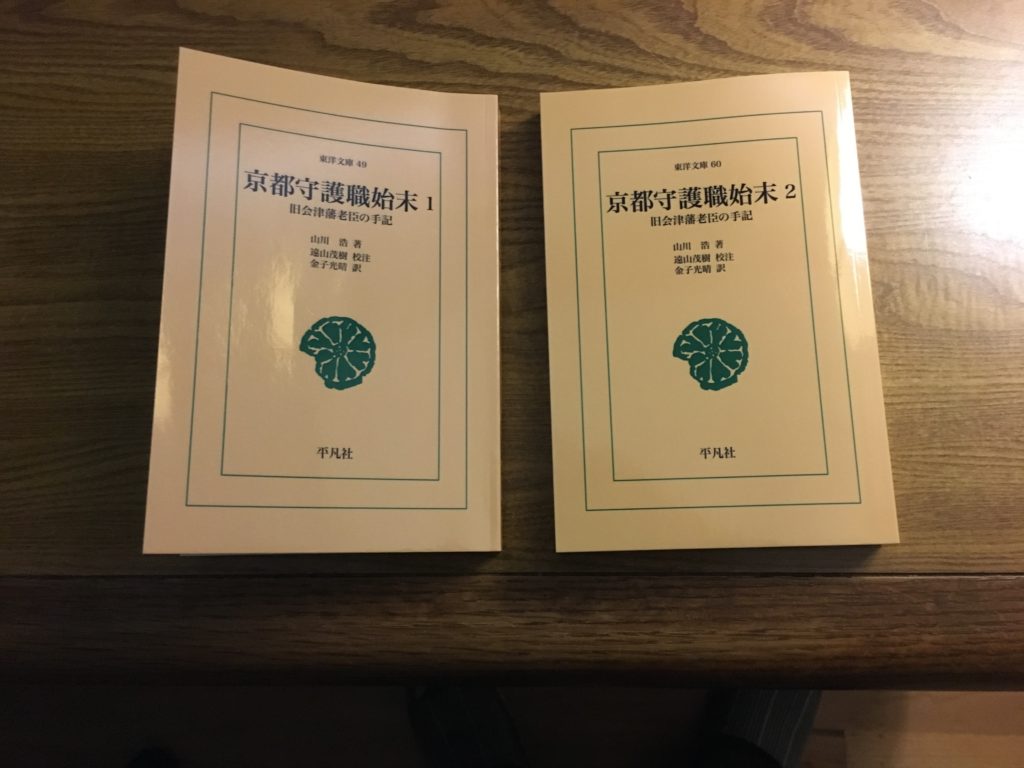
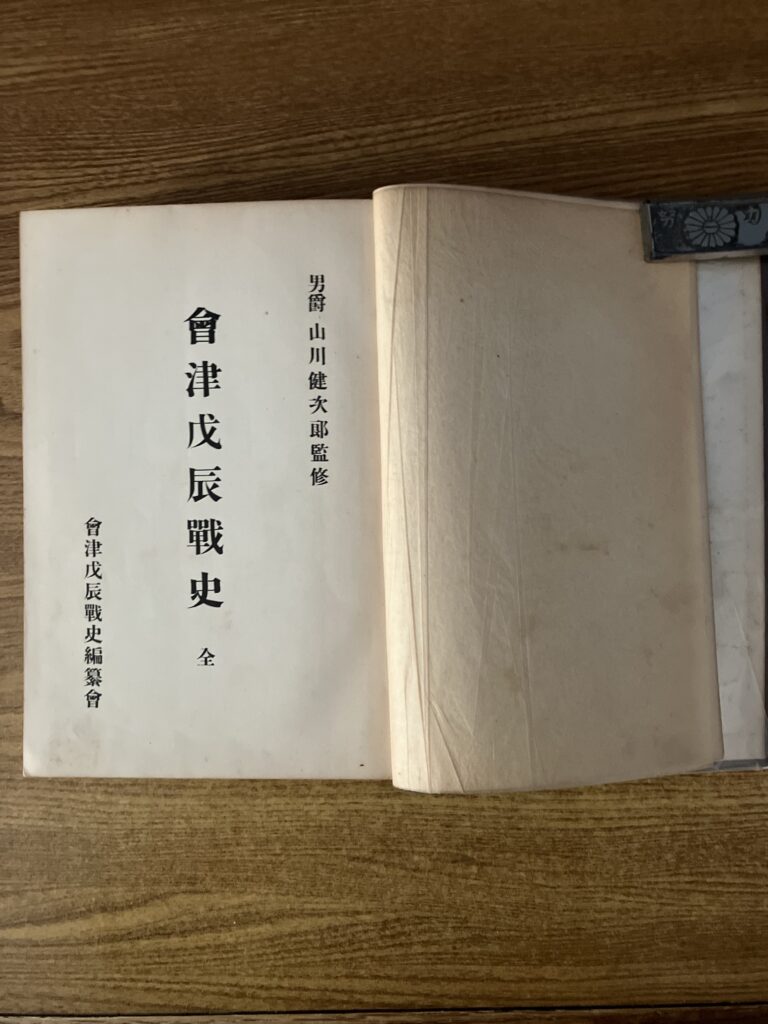
Yamakawa Hiroshi’s Kyoto Shugoshoku Shimatsu, a history of the office of the protector of Kyoto, was published in 1911. The office of the protector of Kyoto, which lasted for more than five years, was held by Matsudaira Katamori, daimyo of Aizu. As the protector of Kyoto, he was the master of the Shinsengumi.
Aizu Boshinsenshi, a history of Aizu’s role in the Boshin War, was published in 1933 and compiled and edited by a group of Aizu scholars under the general supervision of Yamakawa Kenjirō, Hiroshi’s younger brother.
Hiroshi was a minister to Katamori. Kenjirō, just 14 years old at the time of the Meiji Restoration, was a president of Tokyo Imperial University. Both brothers served the Meiji government in the House of Peers.

